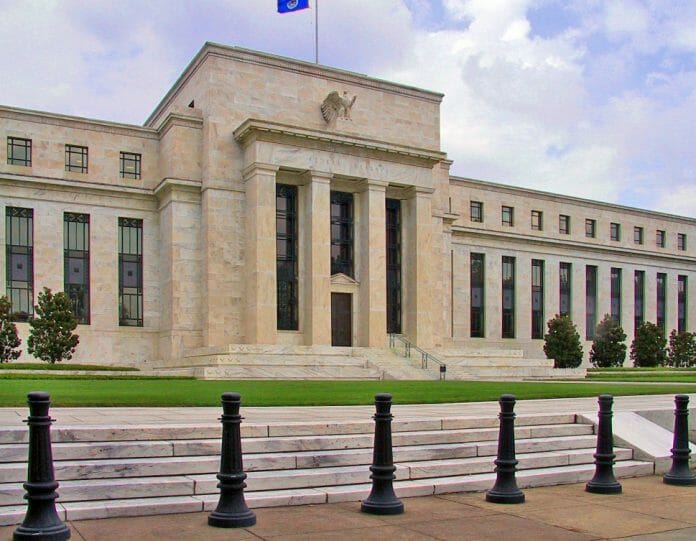Policy interest rates in the US, eurozone and UK have been on hold since 3Q23 and have now likely reached peaks for this tightening cycle, Fitch Ratings says. Following recent dovish comments from Fed Chairman Jay Powell, Fitch now expects the next moves from the Fed, ECB and Bank of England (BOE) to be rate cuts, although easing will be slower and shallower than currently expected by financial markets. Fitch expects policy rates to fall by 75bp by end-2024 in all three economies, taking the Fed Funds rate (upper band) to 4.75%, the ECB Main Refinancing Rate to 3.75% and BOE Bank Rate to 4.5%.
Major central banks have kept their policy rates unchanged in recent months and headline CPI inflation rates have fallen quite quickly, as highlighted in Fitch’s latest ‘20/20 Vision’ chart pack. Earlier monetary policy tightening has resulted in household and corporate credit flows rapidly slowing.
US household debt growth (seasonally adjusted annual rate) fell in 3Q23 to 2.5% and non-financial corporate debt growth slowed to just 1.5%, well down on rates seen in late 2022. The fall in credit growth is even more pronounced in the eurozone, where both household and corporate credit growth rates fell to the lowest levels seen in many years. In particular, loans to non-financial corporates contracted in October by 0.3% yoy, the first outright contraction since July 2015. The UK, Switzerland and Canada have also seen credit growth sharply slow.
Headline CPI inflation continues to decline among the majority of Fitch20 economies, with some notable exceptions, including Russia and Turkiye.
Both export and import volumes contracted on an annual basis in recent months in the US, eurozone, Japan and UK, among others. Chinese export volume growth also remains subdued.
Fitch’s bi-monthly ‘20/20 Vision’ chart pack covers the 20 major economies (the Fitch20) that are the focus of the Fitch Economics team’s global macro analysis, and plots five years of high-frequency economic data for 20 variables, with consistent coverage across each country.









